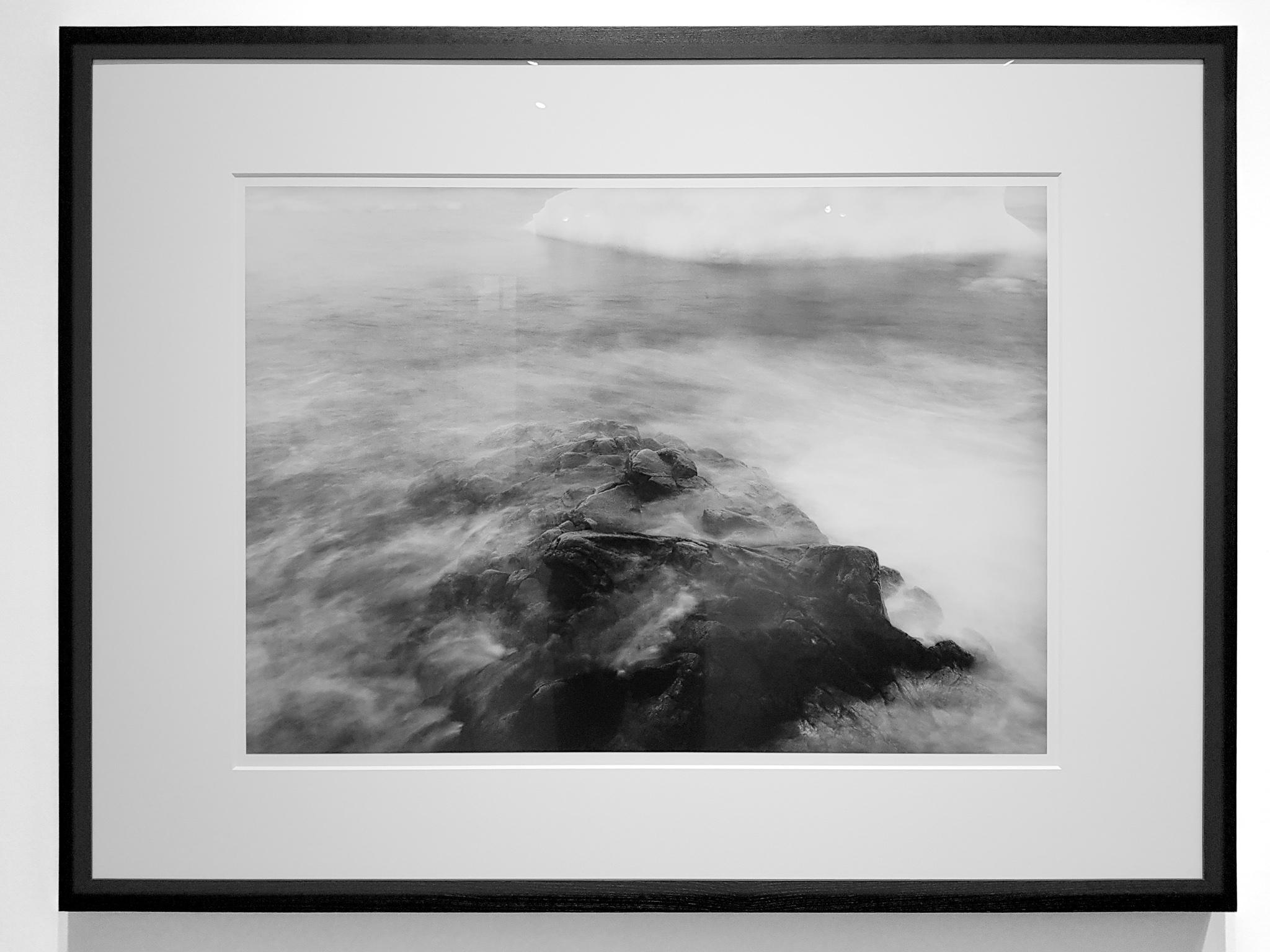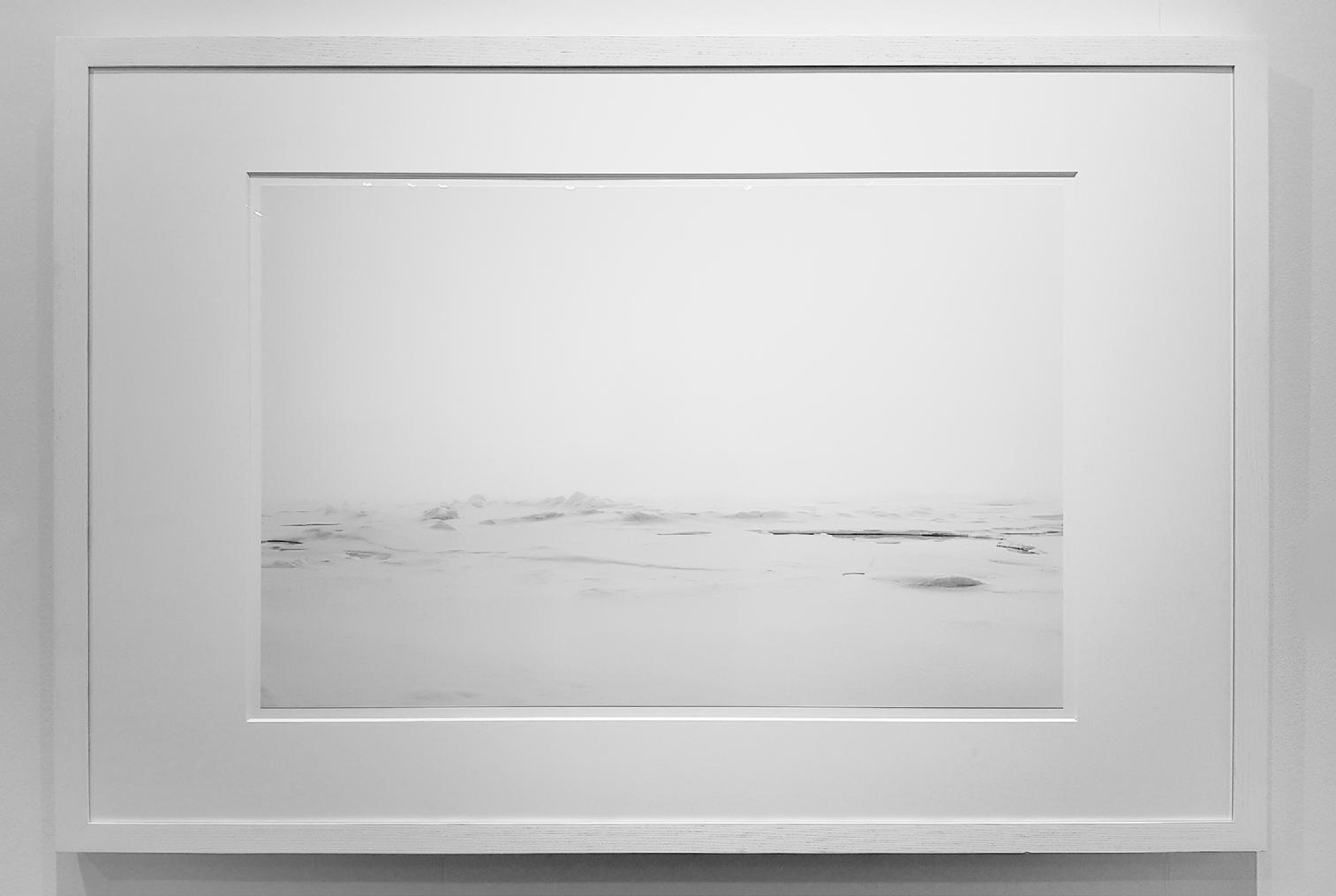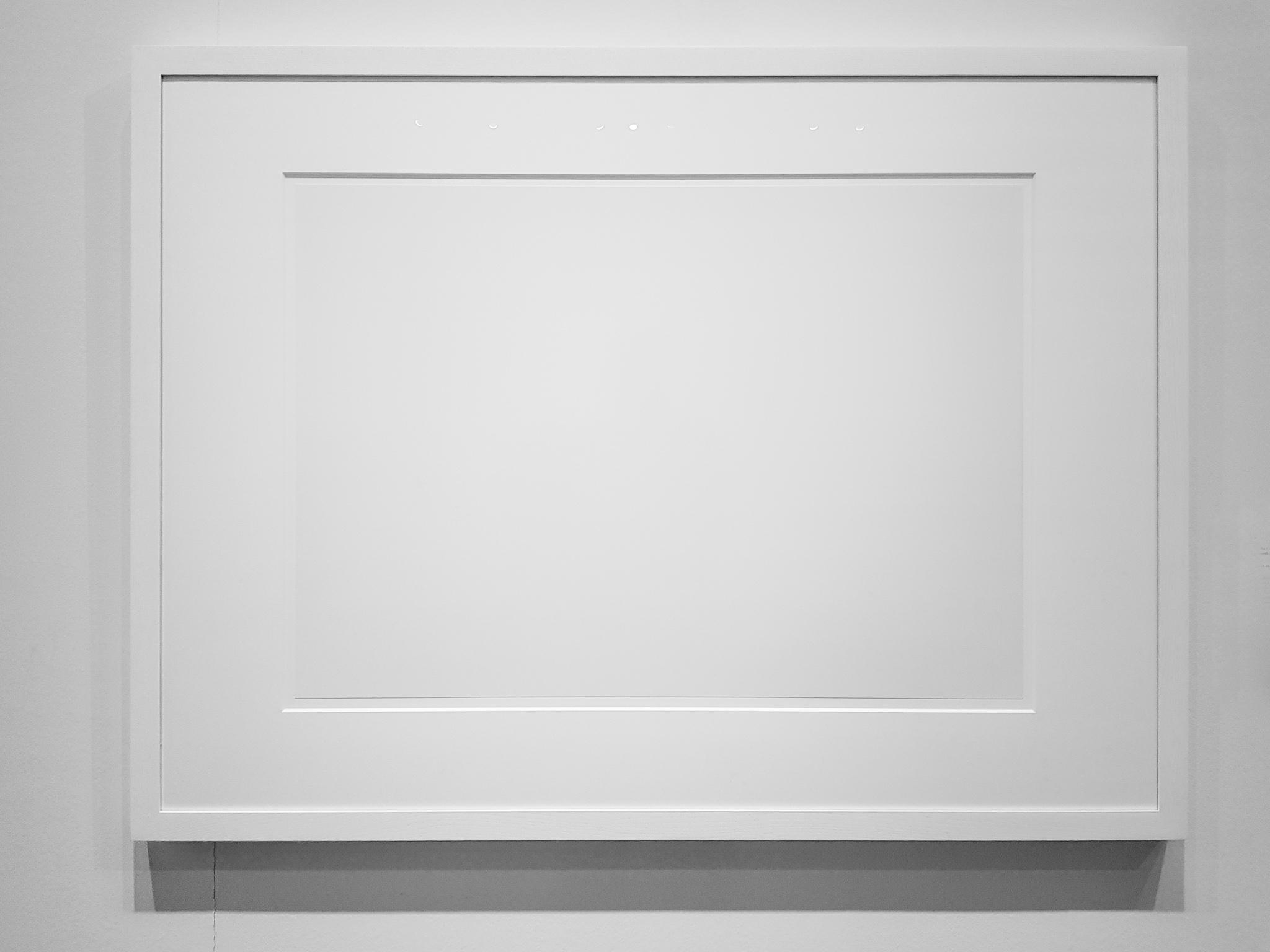
4 minute read
Exhibition review: Thomas Joshua Cooper, The World’s Edge by Mark Reeves
Thomas Joshua Cooper (b.1946) is a US photographer of Cherokee heritage. He moved in the 1980s from his home in California to Glasgow where he was appointed head of the photography department at Glasgow School of Art and was tasked with establishing the Fine Art Photography Degree course, the first of its kind in Europe.
Having moved across the Atlantic as he did, Cooper became interested in the concepts of the “Old World” (Africa, Asia and Europe) and the “New World” (North and South America) and subsequently embarked on a remarkable project to photograph the ocean’s limits. To do this he travelled to the five continents surrounding the ocean to make images at the extreme points of those countries that have Atlantic shores (eg. the most westerly point of Portugal, the most northerly point of the Scottish mainland etc). The project took 32 years to complete and culminated in the works now exhibited in Edinburgh.
At first glance, perhaps many of the images appear somewhat mundane and perhaps this is not surprising as The World’s Edge is essentially where landscape photography meets documentary photography, with the locations having been chosen because of where they are rather than what they look like. The images all only contain rock and water – either liquid or in the form of fog, snow or ice. There is a sameness about them which Cooper sees as an analogy for humanity; on the face of it we are all the same yet we all have our own individuality.
But that said, this is a very engaging exhibition. The prints are very large; around one metre across and images are captioned with fascinating texts that explain the significance of the locations and, indeed, some of the challenges involved in photographing them. Cooper’s photographs were made using large, heavy, view cameras which often had to be carried some distance (sometimes several miles) to work at remote locations in hostile conditions. In some cases he waded deep into icy water to achieve his desired viewpoint and some of the places visited were in uncharted territory. Not only this, but Cooper allowed himself only one single exposure at each location. He had no way of knowing whether his images were successful until he returned to his dark room in Glasgow to develop the negatives.

Uncharted Dangers, Blanketing Dense Fog – The Bransfield Strait, the Mouth of the Antarctic Sound, Looking toward Prime Head, “Catherine Island”, Antarctica, 63012.81’ S / 57016.20’ N
When Cooper made this photograph he was looking toward the northernmost point of continental Antarctica from a newly charted and named island which, having earned naming rights, he named for his wife Catherine. As an indication of the island’s inaccessibility, there have been more people who have stood on the moon than have stood on Catherine island.
As the exhibition’s narrative states, it seems unfathomable that today, with all the satellite navigation technology available to us, there still exist places on earth that remain unexplored. Yet such places do exist and are referred to us “Uncharted dangers” on maps. Seemingly, if a vessel gets into difficulty in such places, other vessels are not obliged under maritime law to go to its aid.
Christopher Columbus first sighted the island of Tobago in 1498. Cooper chose to photograph it having been struck by Englishman’s Bay with the untold stories that lay behind its name and the island’s difficult colonial past.

The mouth of the Stetrin River and Englishman’s Bay, St. John, the Island of Tobago, 2005
The mouth of the Stetrin River and Englishman’s Bay, St. John, the Island of Tobago, 2005

Rolling Freezing Fog, The Arctic Ocean, Sea Ice, Sastrugi and Melt Lakes, The North Pole, 900N
During his expedition to Antarctica, Cooper experienced a rare polar storm that shut down his base-camp for 23 days. Constant snow and gale-force winds of 60 to 80 miles per hour made it almost impossible to make photographs. He was, however, able to make one image of the whiteout conditions. It required seven people to help him; three to hold the tripod in place against the wind, three to bolster the camera on the tripod and one to hold Cooper and the dark cloth.

Image title: Whiteout, the Continental Ice Shelf, Patriot Hills, Ellsworth Island, Antarctica, 80070.994’ S / 57016.20’ N
Some may ask whether, given that the photograph is entirely white, all that effort was worth it. But, for its hard-won minimalism, it is probably my favourite image of the exhibition,
Now, if this hasn’t whet your appetite, the cakes in the gallery café are excellent.
The World’s Edge runs until 23 January at the Scottish National Portrait Gallery, Edinburgh https://www.nationalgalleries.org/exhibition/thomas-joshua-cooper-worlds-edge.







